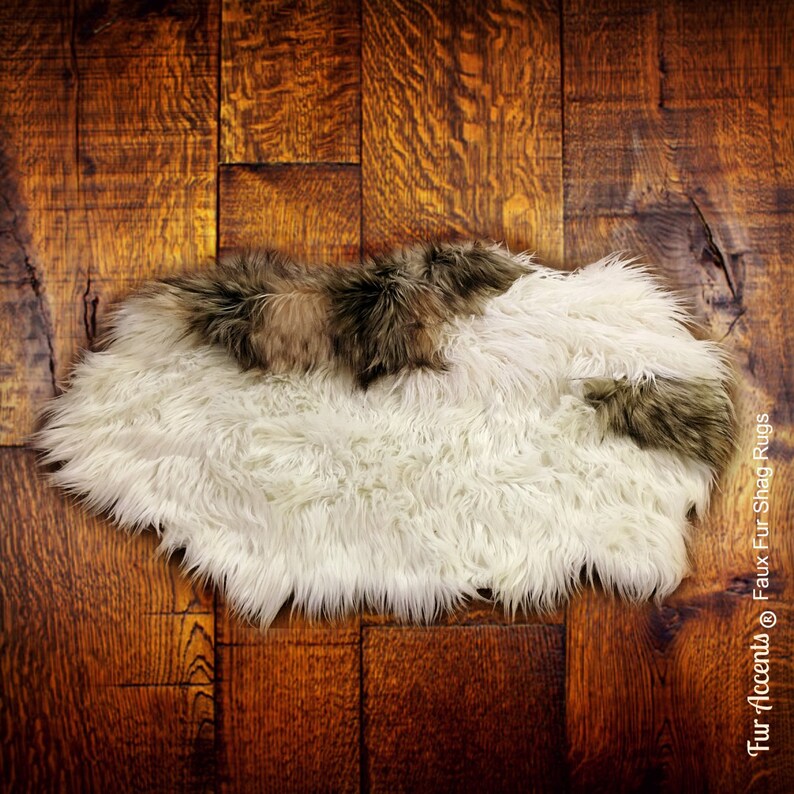

Some white cats affected by hearing loss may only be deaf in one ear. Sixty-five to 85 percent of white cats with two blue eyes are deaf, 40 percent of white cats with one blue eye are deaf, and 17 to 22 percent of white cats without blue eyes are deaf, according to Cornell University College of Veterinary Medicine. For example, some of the white cats labeled "aloof" by University of California, Berkeley survey respondents may actually have hearing problems.

Other factors may also play a role in the perception of a cat's personality. Similarly, cats that are timid or jumpy, despite socializing with people when they were kittens, may have inherited the behavior from a parent. If one or both parents are laid-back and friendly, their kittens may also possess those traits. In some cases, they'll eventually overcome their fears, but may still be a little uncomfortable around strangers.Ĭats also inherit traits from their parents. If socialization with humans is delayed, kittens can become fearful or timid cats. Kittens don't develop a fear of humans if they interact with people between the ages of 3 and 9 weeks, according to the American Association of Feline Practitioners. Your cat's early life plays an important role in the development of his or her personality. Because cats have distinct personalities, just as people do, it's not surprising that there were differences in opinion between the two studies. You probably noticed that cat owners in the University of California, Berkeley study thought orange cats were the friendliest, while respondents in the University of California, Davis study added the felines to the "most aggressive" category.

It's possible that what one person viewed as aggressive behavior was regarded as playfulness by another. Respondents provided answers based on their particular experiences. Black, white, gray and tabby cats were rated lowest on the aggression scale.Īlthough these studies offer some interesting information, they don't provide a definitive answer regarding whether certain personality traits are associated with specific coat colors. The survey also revealed that black-and-white cats were most likely to react negatively when handled, while calicos were more likely to become irritated. Gray-and-white cats exhibited the highest levels of aggression during visits to the vet. The most aggressive cats in all three settings were females with gray-and-white, black-and-white or orange coats and calico cats. The surveys asked cat owners to rate their pets' level of aggression at home, while being handled and during veterinary visits. This time, results were tabulated from 1,274 completed surveys. The subject was revisited in a University of California Davis study a few years later. Orange cats were regarded as the friendliest by respondents, while white cats were labeled aloof, and tortoiseshell cats were thought to have too much "attitude."

University of California, Berkeley researchers surveyed 189 cat owners in a study published in the October 2012 edition of Anthrozoos. Since cats are never going to answer that question, scientists turned to pet owners for their input. Although it's possible that coat color may play a role in personality, it's also important to consider other factors when you're considering adding a new kitty to your home. Can you tell if a cat will be friendly, aggressive or laid-back simply by taking a quick look at its color? That question has perplexed cat owners and scientists alike for years.


 0 kommentar(er)
0 kommentar(er)
